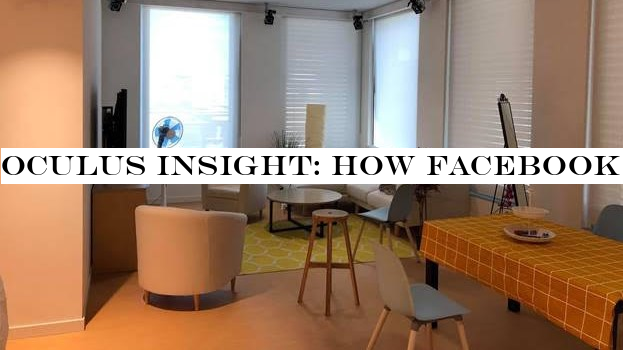INSUBCONTINENT EXCLUSIVE:
worthwhile for a quick gaming session
it.The release of Oculus Go in 2018 went some way towards changing that, offering a VR experience that was fully self-contained, with no
wires or need for additional hardware
Just strap on the headset and get started.It was impressive stuff, and far more affordable than other VR headsets available at the time, but
was much more limited than more powerful, tethered headsets
dotted around your room.How is that possible? TheIndianSubcontinent spoke to Anna Kozminski, AR/VR software manager at Facebook Zurich in
Switzerland, to learn how Oculus cut the cord on virtual reality.Inside-out trackingFirst, a quick explanation: six degrees of freedom means
your body can move in three dimensions along the X, Y and Z axes
You can also turn to face a different axis
world.These points are observed repeatedly to compensate for drift (where tiny measurement discrepancies add up over time, making the map
The virtual area encompasses your whole field of view, so the system needs to respond as quickly as you can move and any tracking errors or
Oculus had to move the software stack that does all the computation onto the headset itself
to set up their living room
in real-world environments(Image credit: Facebook Technologies)The work was worthwhile, though, and the hardware developers have been hugely
impressed by what creatives have managed to achieve with it
is powerful in building empathy."VR can be a lonely experience if you use it on your own, and our aim is to create meaningful
users in a Western-style shootout game in an arena
We were co-locating multiple players
own, and our aim is to create meaningful connections
same experience and make them feel like they are in the same place
people will use it and we can get more people into this community to have experiences digitally

